Remembering African Wild Dogs is the latest book to be added to the Remembering Wildlife series. Compiled by Margot Raggett, the Remembering Wildlife series is a collection of beautiful wildlife photography, many of which were taken in Zambia…
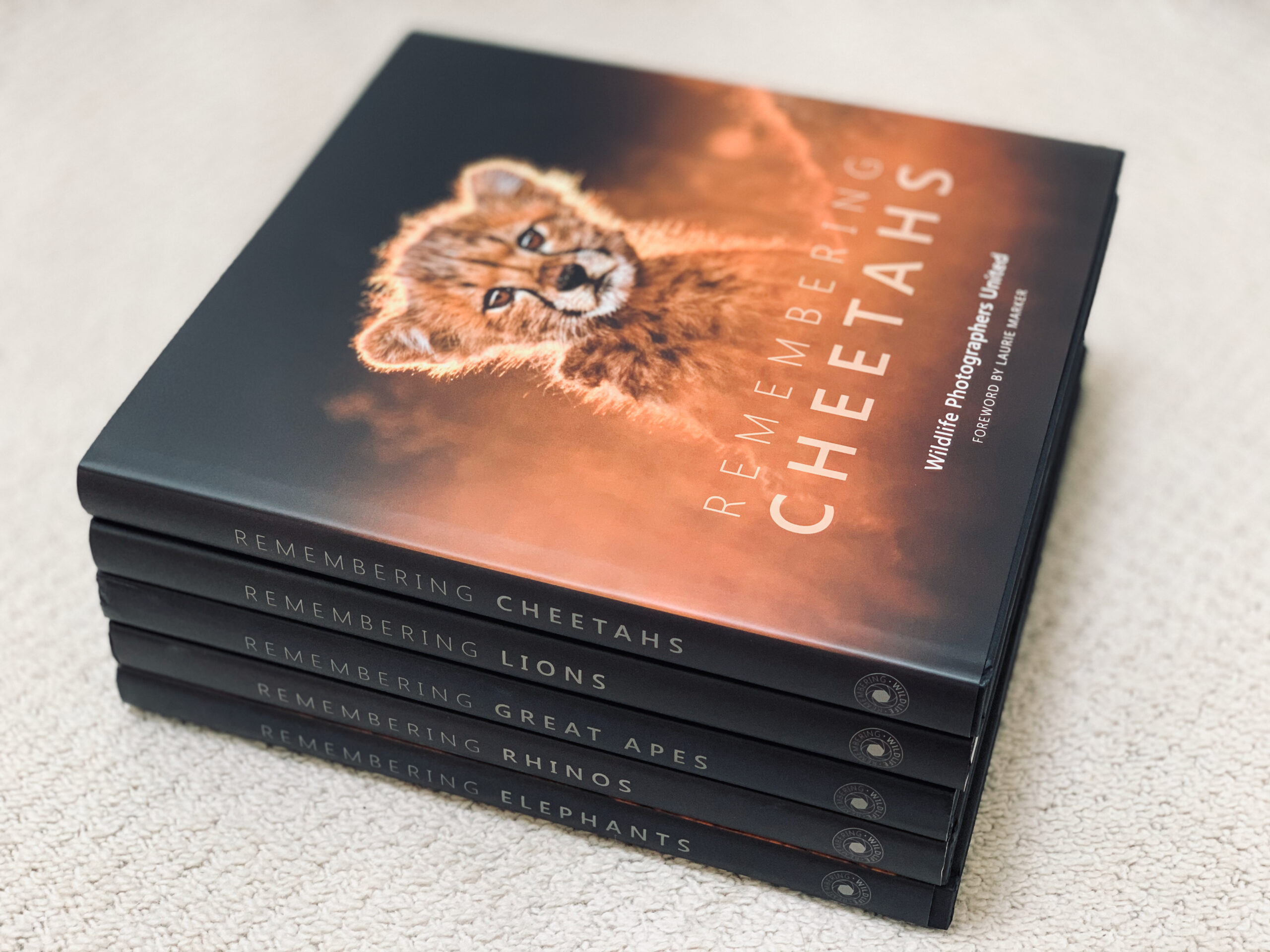
Remembering Wildlife – The Collection
Margot Raggett gave up a career as CEO of a London PR company and went to Africa to follow her love of wildlife photography. But her path changed in 2014 when she was in Kenya and came across the carcass of a poached elephant. Margot was so affected by this that she decided to do something about it. She set about persuading some of the world’s best wildlife photographers to each donate a photograph she could include in what she planned would be “the most beautiful book on a species ever seen,” the sale of which would raise funds for elephant conservation. The book, Remembering Elephants, was launched in 2016. Five books later, the Remembering Wildlife fundraising photography book series, has raised over $1.1 million for conservation and has just released the sixth and latest book in the series, Remembering Wild Dogs.
Over the last five years, almost 200 photographers have donated images to the Remembering Wildlife collection: Remembering Elephants, Remembering Rhinos, Remembering Great Apes, Remembering Lions, Remembering Cheetahs and now, hot off the press, Remembering African Wild Dogs. Profits from the books have gone to 55 conservation projects in 24 countries, including Zambia, Kenya, Malawi, Ethiopia, Zimbabwe, South Africa, Namibia, Mozambique and Uganda. More than 32,000 copies have been sold.
Zambia has received several donations from the funds raised by the Remembering Wildlife series.
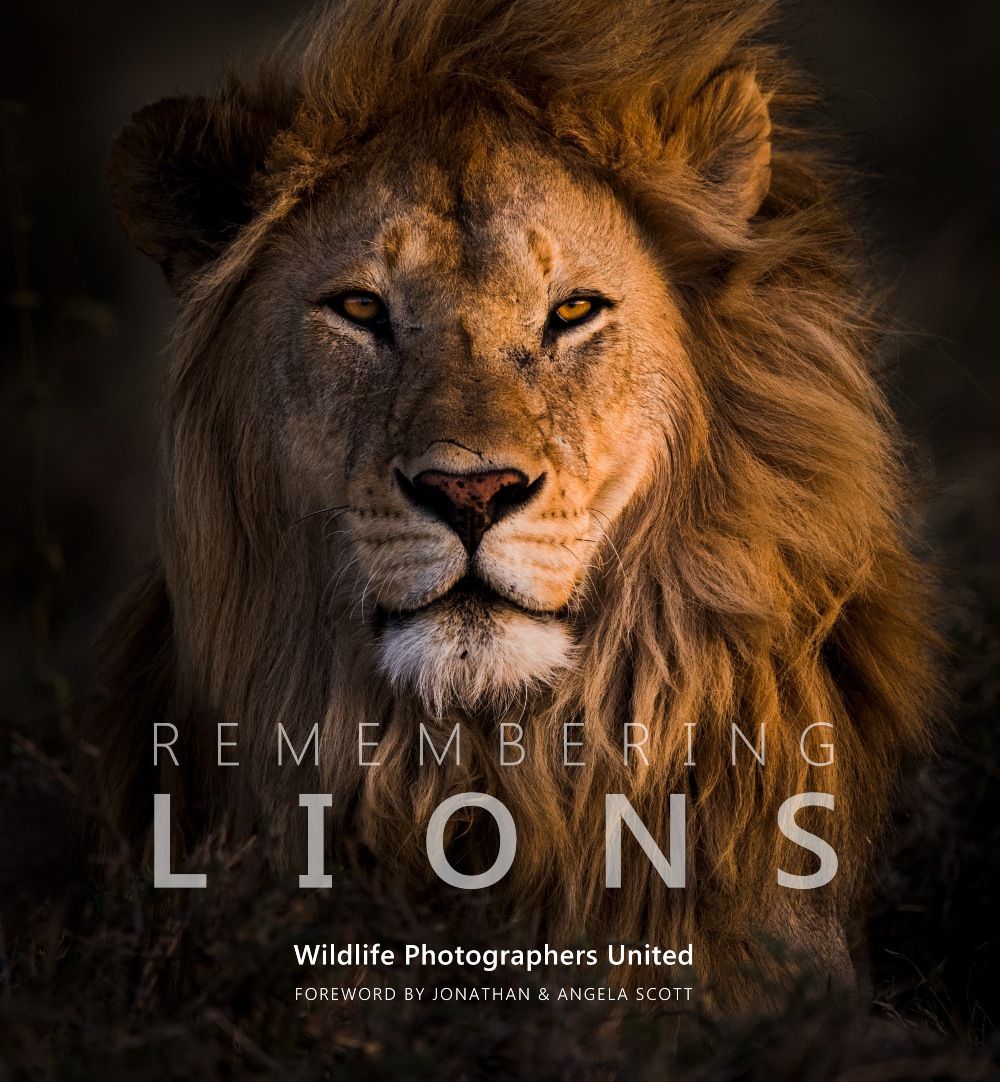
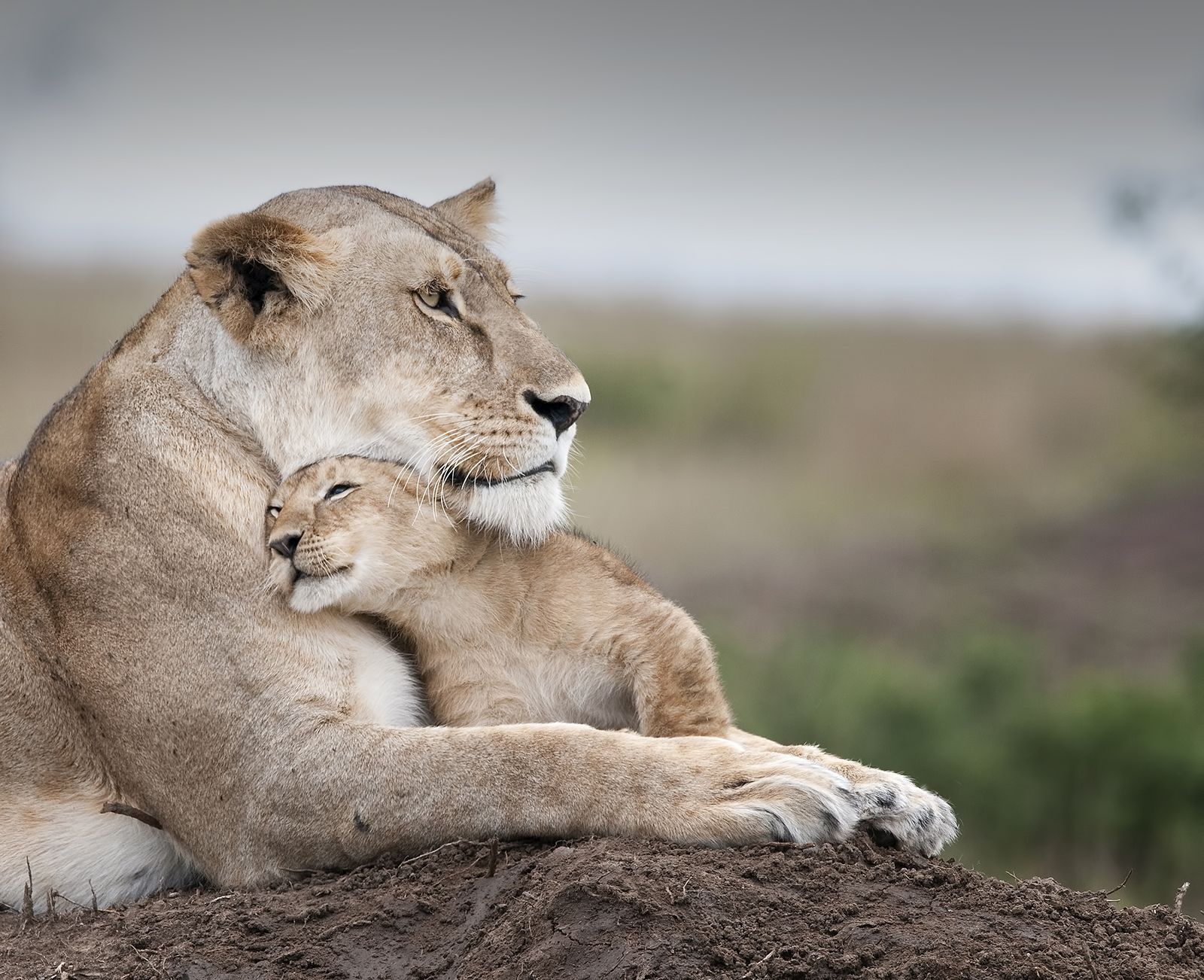
Image by Billy Dodson
Remembering Lions
With only 20,000 left in the wild, lions are officially classified as ‘vulnerable’. Illegal bushmeat hunting, the trade-in body parts, conflicts with local people due to livestock depredation, habitat loss and unsustainable trophy hunting, are all contributing to the decline of this, the ‘king of the beasts’.
One of the many lion conservation projects to receive money from the sale of Remembering Lions is the Zambian Carnivore Programme, a not-for-profit organisation working in close collaboration with the Department of National Parks and Wildlife, which is dedicated to conserving large carnivores and ecosystems. ZCP received around $15,000 from the proceeds raised by Remembering Lions. The donation was for ZCP’s Luangwa Lion Project, for anti-snaring work, combatting traffic in lions, training future Zambian lion conservationists and outreach to local communities. The Luangwa Valley is one of the ten remaining lion strongholds on the continent, and home to Zambia’s largest lion population.
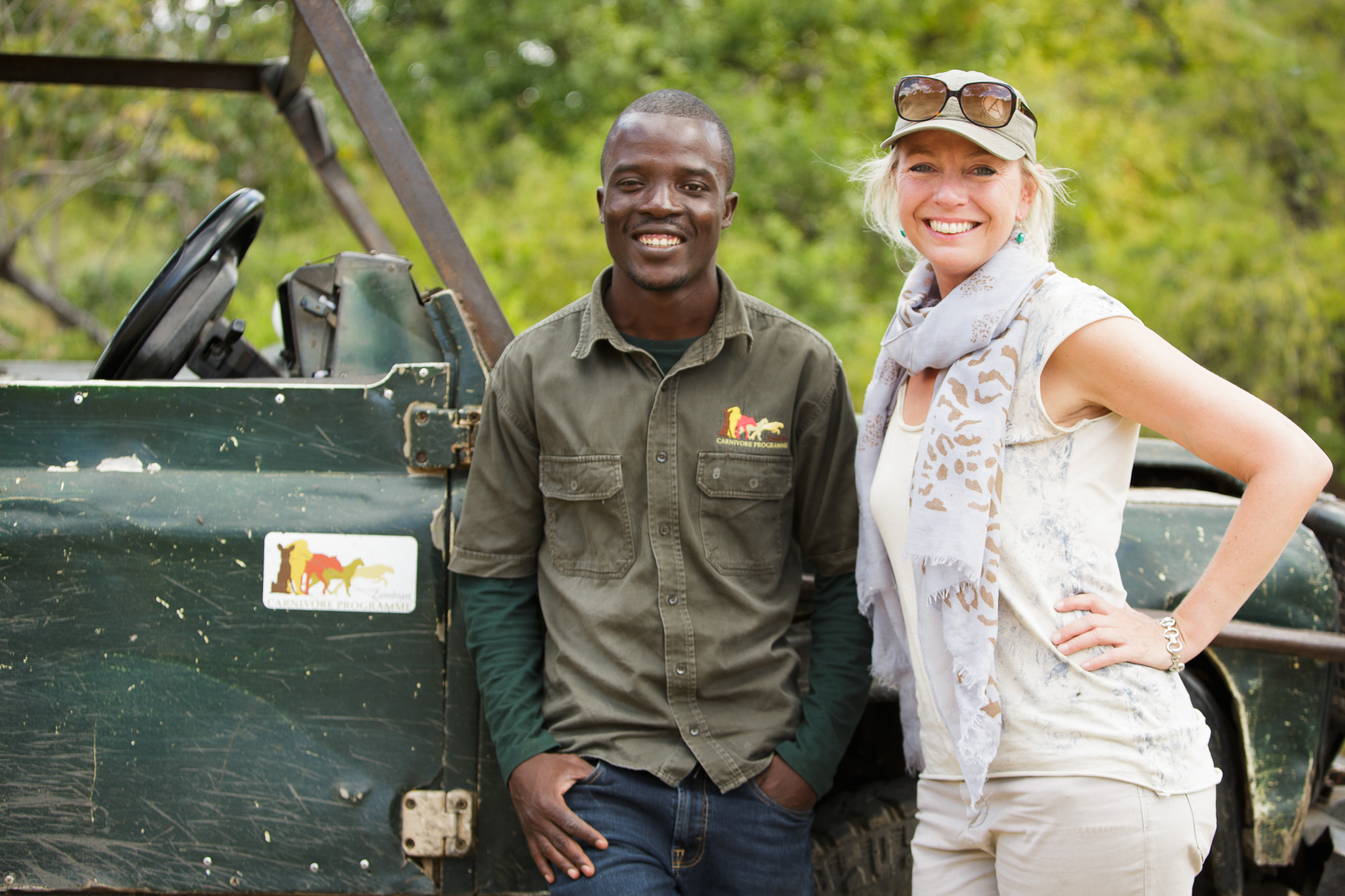
Image by Adam Bannister

Another Zambian project that received funding from Remembering Lions is Chipembele Wildlife Education Trust, also in South Luangwa, which received a donation of $5,000. Chipembele is an inspirational wildlife school with a mission to teach Zambian children and communities the value of wildlife and their environment, to conserve them for present and future generations. Remembering Wildlife visited the school in June and met co-founder Anna Tolan. The donation was targeted towards the running costs of the centre.
One of the most famous cheetahs of the Masai Mara, Shingo, with her six cubs., full of energy, leaping onto their mother as she tries to survey the plain for both threats and hunting opportunities. Photographed in the Masai Mara National Reserve, Kenya
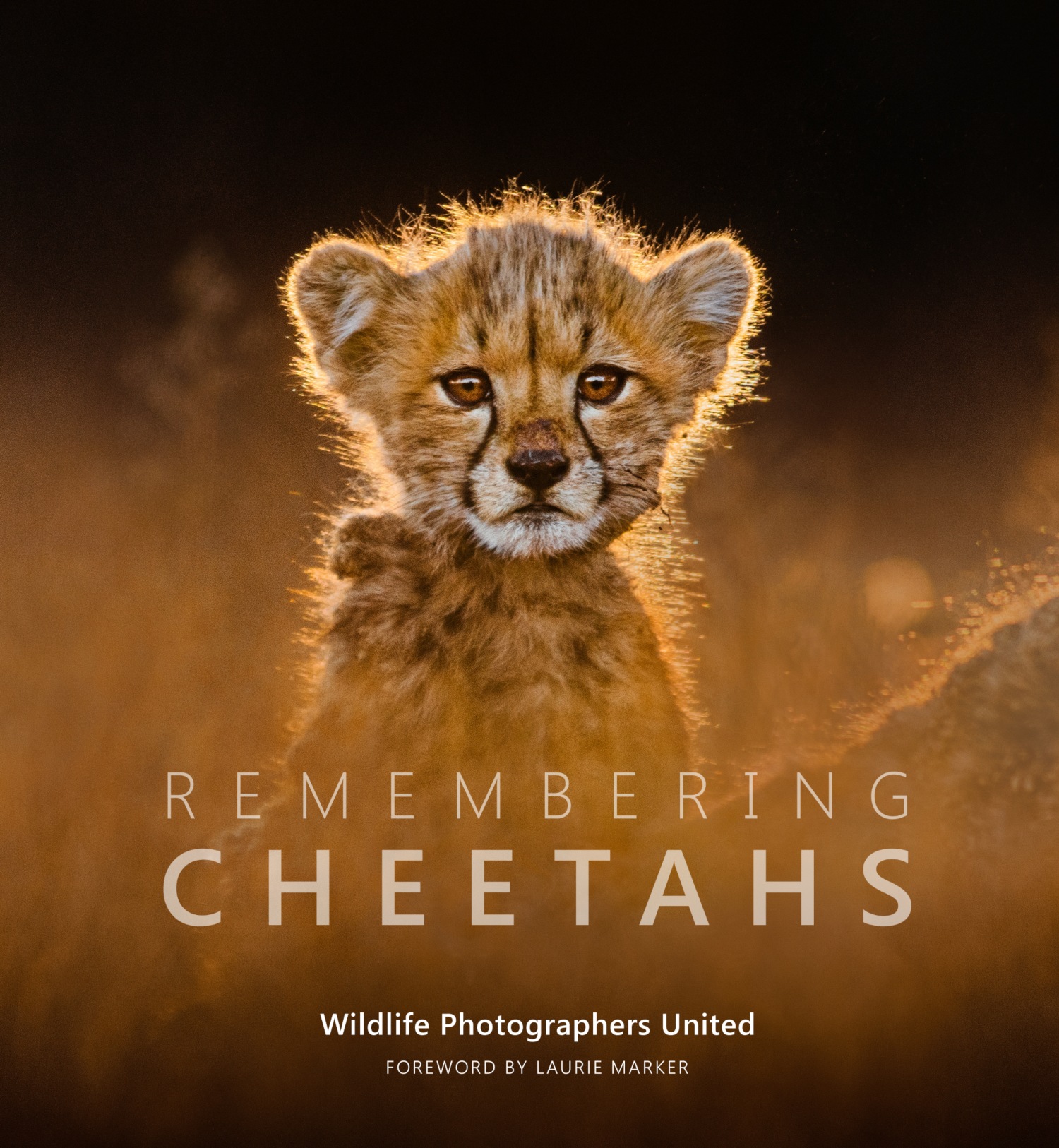

Image by Marcus Westberg
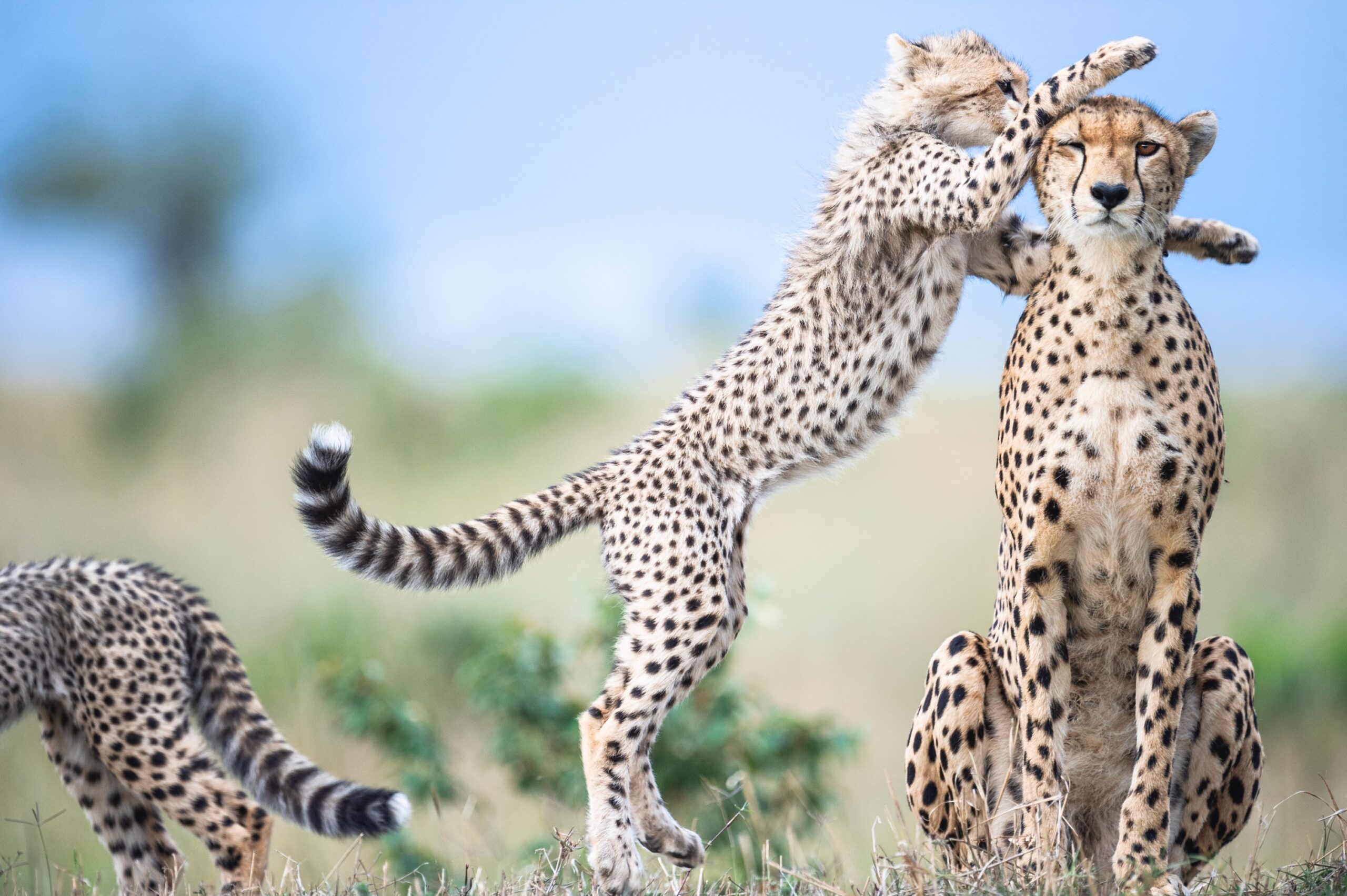
Image by Elliot Neep
Remembering Cheetahs
There are estimated to be only 7,000 cheetahs, the fastest land mammal in the world, left in the wild. They are listed as ‘vulnerable’ by the International Union for the Conservation of Nature, but recent studies have revealed that their numbers are falling so fast that scientists feel they should now be classified as ‘endangered’. Their future looks uncertain.
Once again Zambian wildlife conservation projects received funds from the Remembering Wildlife series, specifically Remembering Cheetahs.
African Parks and Endangered Wildlife Trust received $10,000 in support of the Cheetah Introduction Project, which was a collaboration between African Parks and the Endangered Wildlife Trust to reintroduce seven wild cheetahs into the area of Bangweulu, north-eastern Zambia. This cheetah will be the first in 56 years to roam to Bangweulu Plains and, in order to keep up the ongoing support of the local community, the project has decided to further involve them by employing two local community members to monitor the cheetahs.

Image by Adam Bannister
Zambian Carnivore Programme also received funds from Remembering Cheetahs, this time $10,000 to support the programme’s long-term cheetah conservation efforts by funding a motorcycle used for research and anti-snaring activity and also paying for two GPS satellite collars. ZCP’s anti-snaring work has been very successful, but it requires an intensive year-round effort to keep it going.
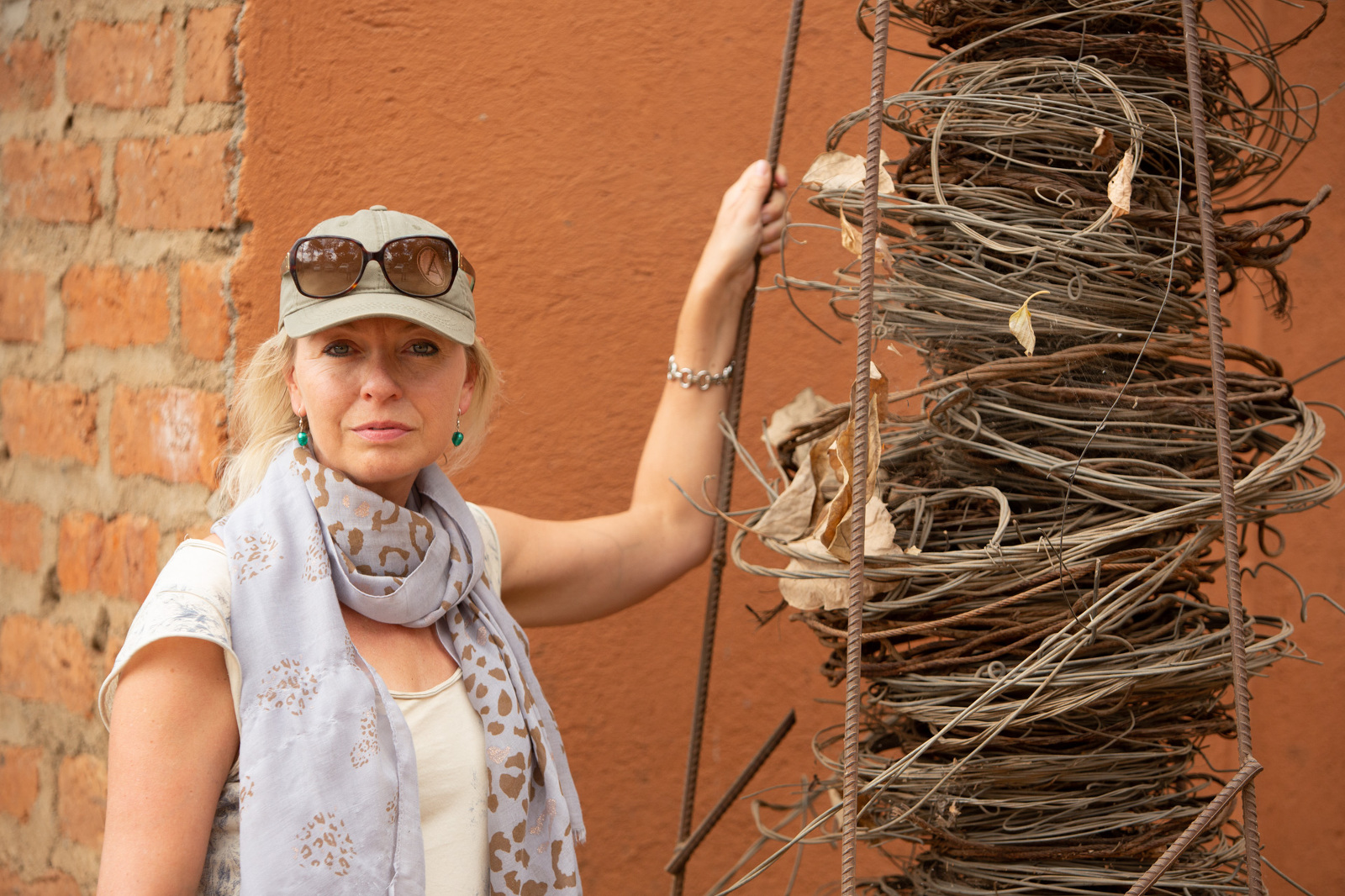
Remembering Wild Dogs
The African wild dog, also called the African painted wolf or the African hunting dog, is one of the world’s most endangered mammals, with a mere 6,600 left on the planet. African wild dogs are listed as Endangered due to a range of factors, including habitat loss, human-wildlife conflict, getting caught in snares set by poachers hunting for bushmeat, and infectious diseases like canine distemper and rabies.

Remembering Wild Dogs is the sixth, and latest, book in the series and has only just been launched. The book is beautiful. Full of stunning photos, many of which were taken in Zambia. Once again all the images were donated by more than 80 of the world’s top wildlife photographers. The book aims to demystify wild dogs, raise awareness of their plight and also raise funds to protect them.
Also read: A wild walking encounter in South Luangwa
How Does It All Work?
Unlike many other fundraising organisations Remembering Wildlife runs as a business and not as a charity. So unlike most charities, they don’t ask for donations (though they’ll accept them if you offer!), instead, they’ll sell you something beautiful, a book or a print, and promise that 100% of the profits will go to conservation projects.
To purchase copies of any of these beautiful books online click here.
To purchase a print from the online shop click here.
The books and the prints are images by some of the best wildlife photographers on the planet.

Leave A Comment